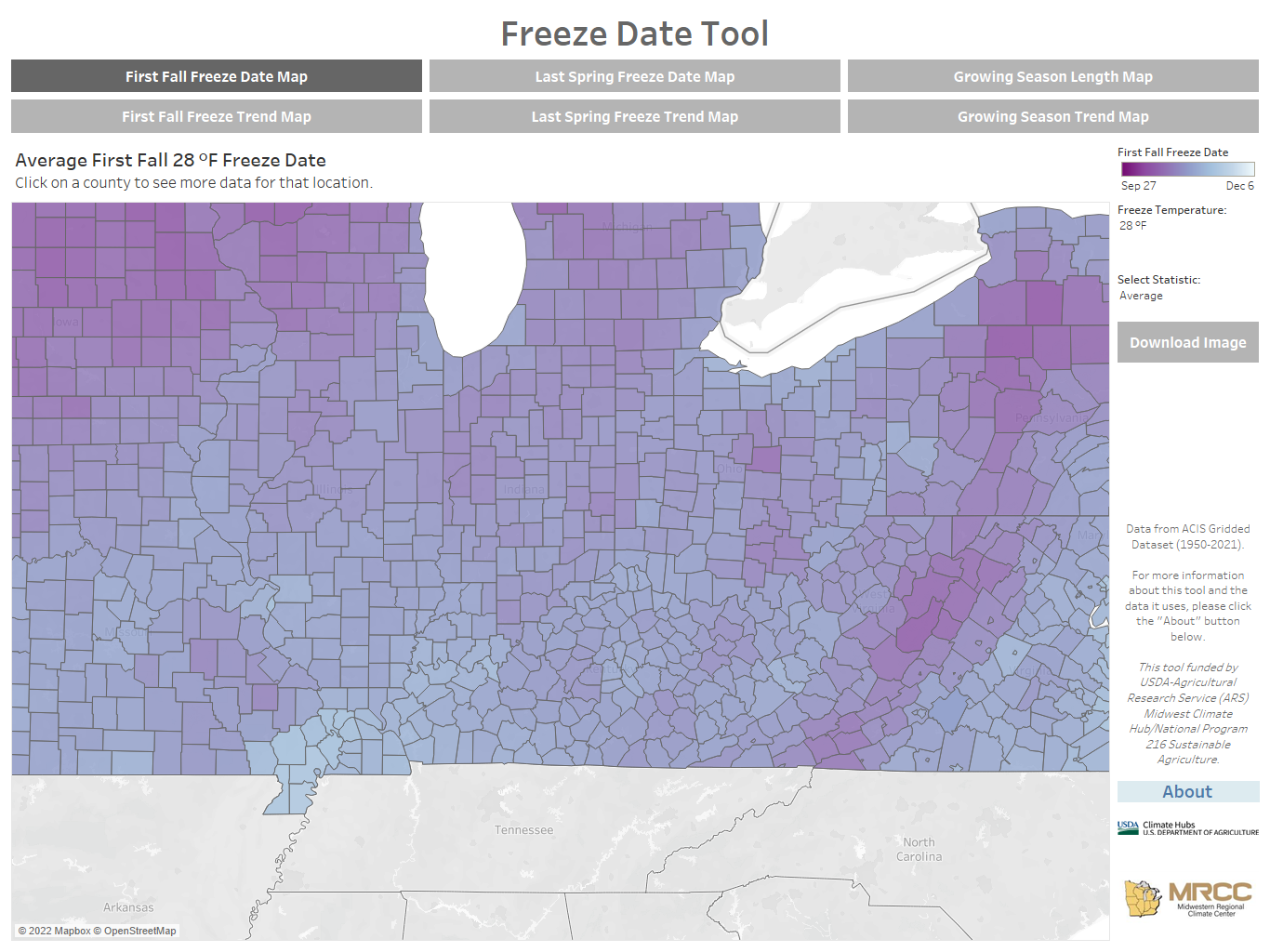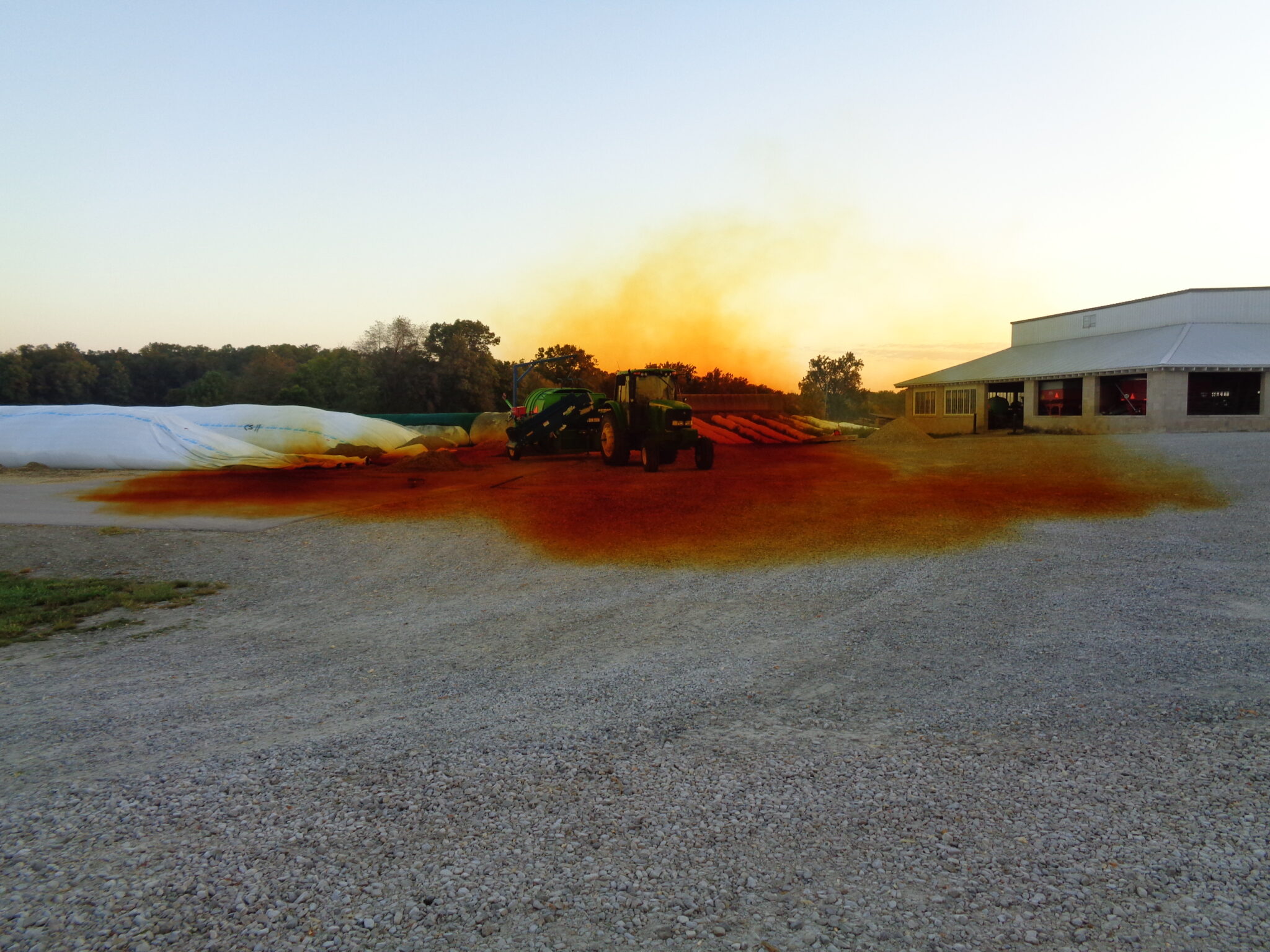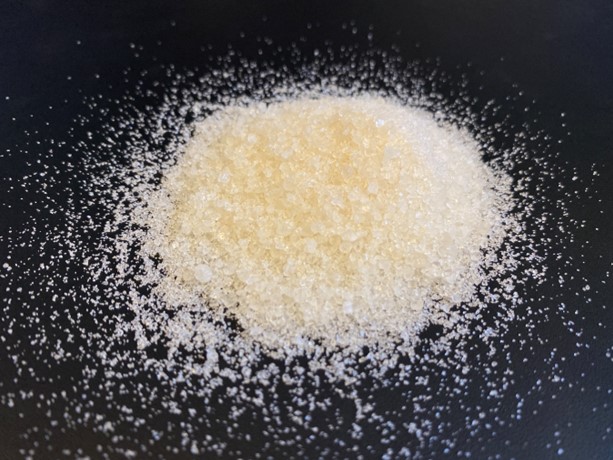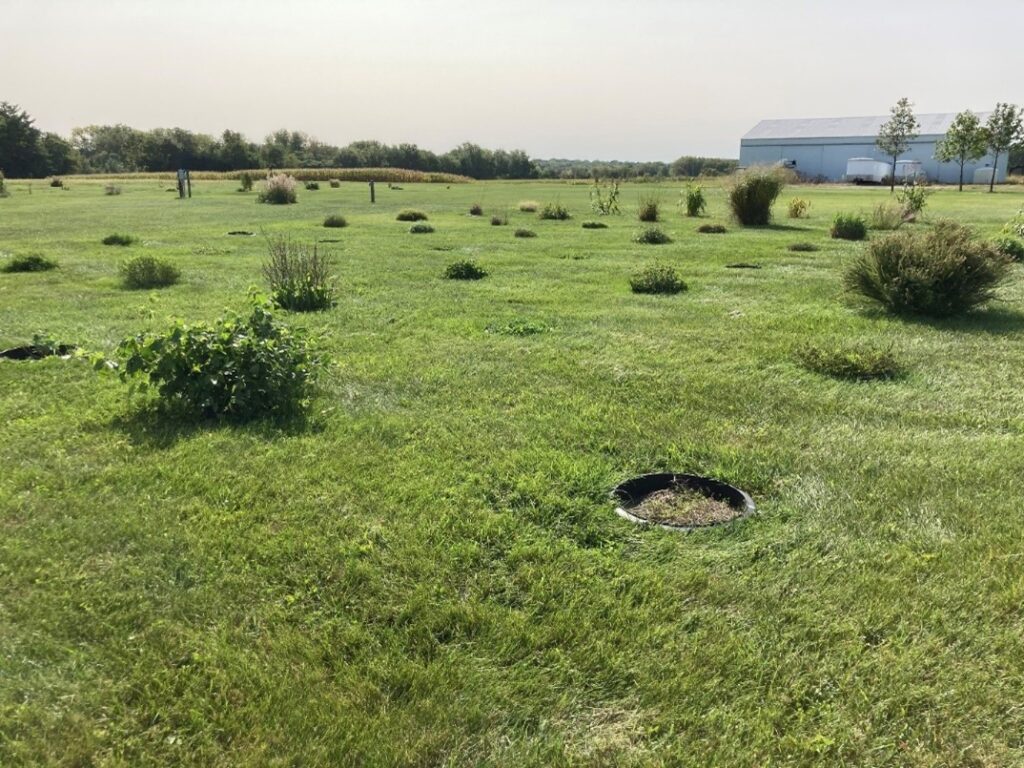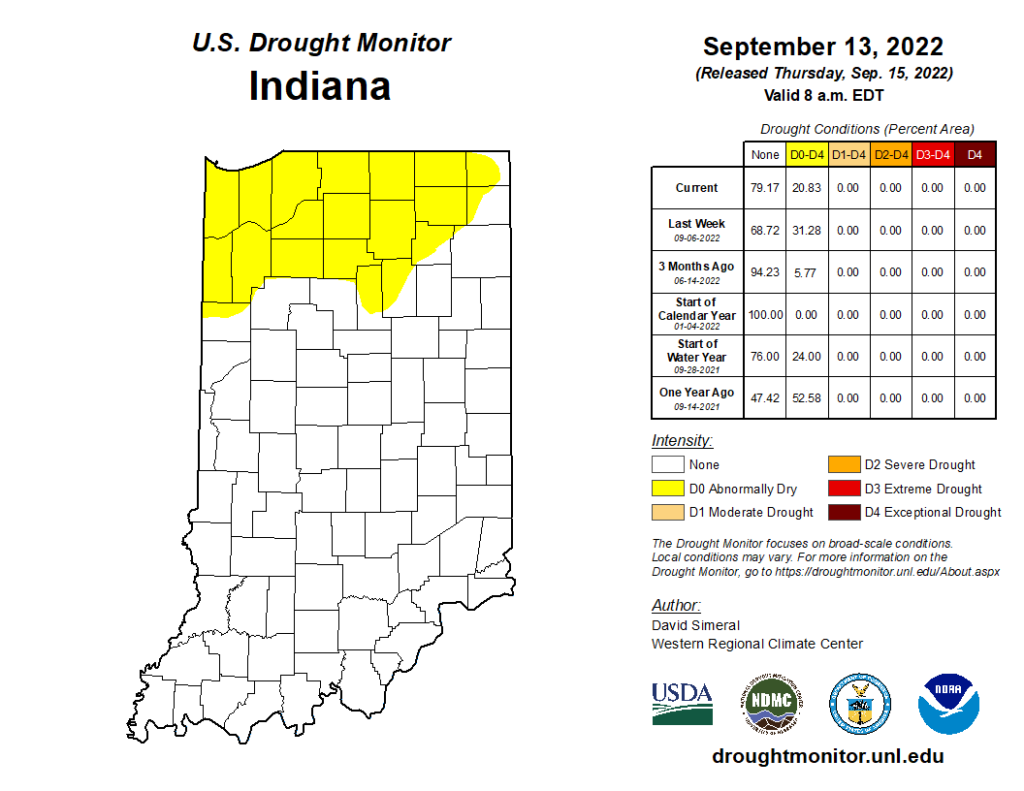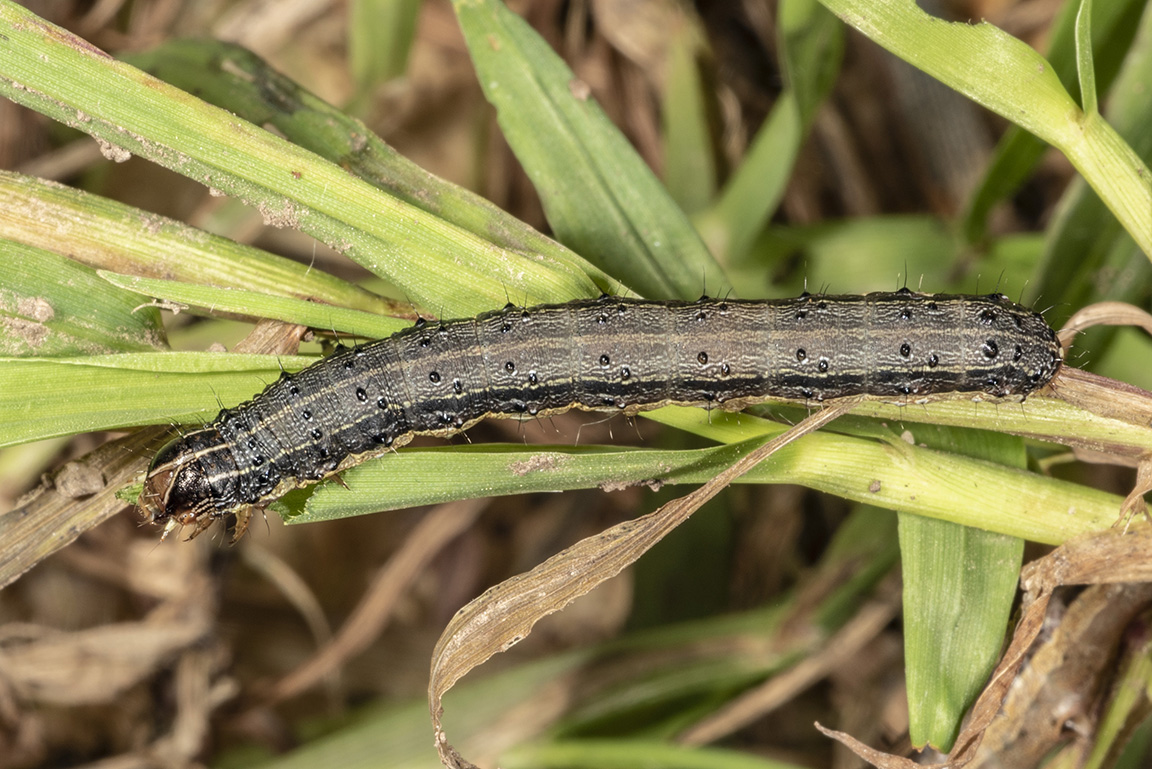With harvest season right around the corner, now is the time to start making plans for the control of winter annual weeds, including marestail. When harvest and post-harvest conditions allow, fall is the best time to control many of these weeds. This is because the weeds are a lot smaller in the fall, and our fall weather tends to be consistently warmer and drier than our variable cool and wet springs. With fall-applied herbicide season upon us, we wanted to provide a few application tips to those who are planning on making fall herbicide applications: Scout fields and determine whether you need an application. Not all fields need an application; however, if you pull back the crop residue after harvest, especially in corn fields, you are likely to find infestations of winter annual weeds. Scouting fields should begin soon after a field is harvested, with special attention paid to fields[Read More…]
